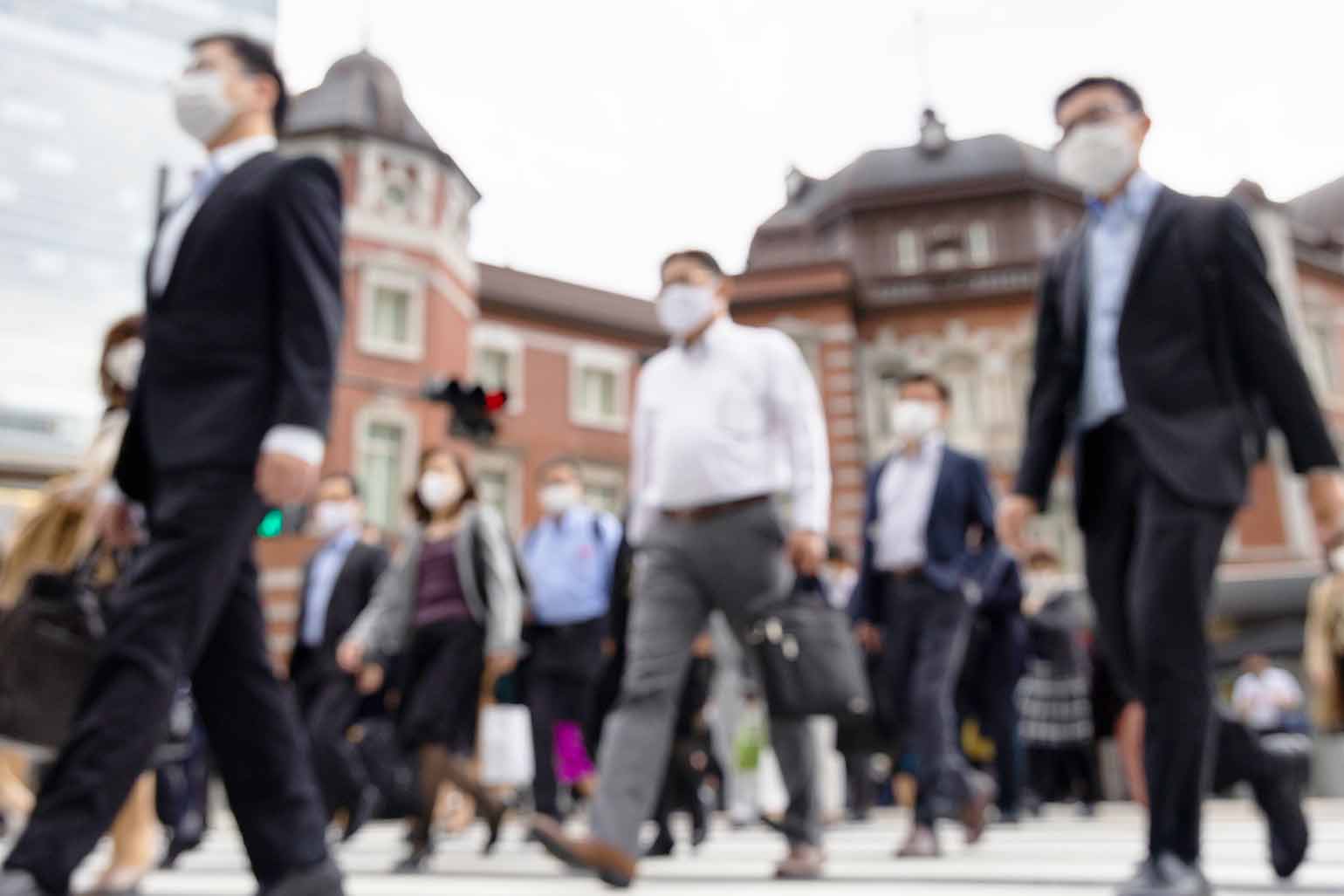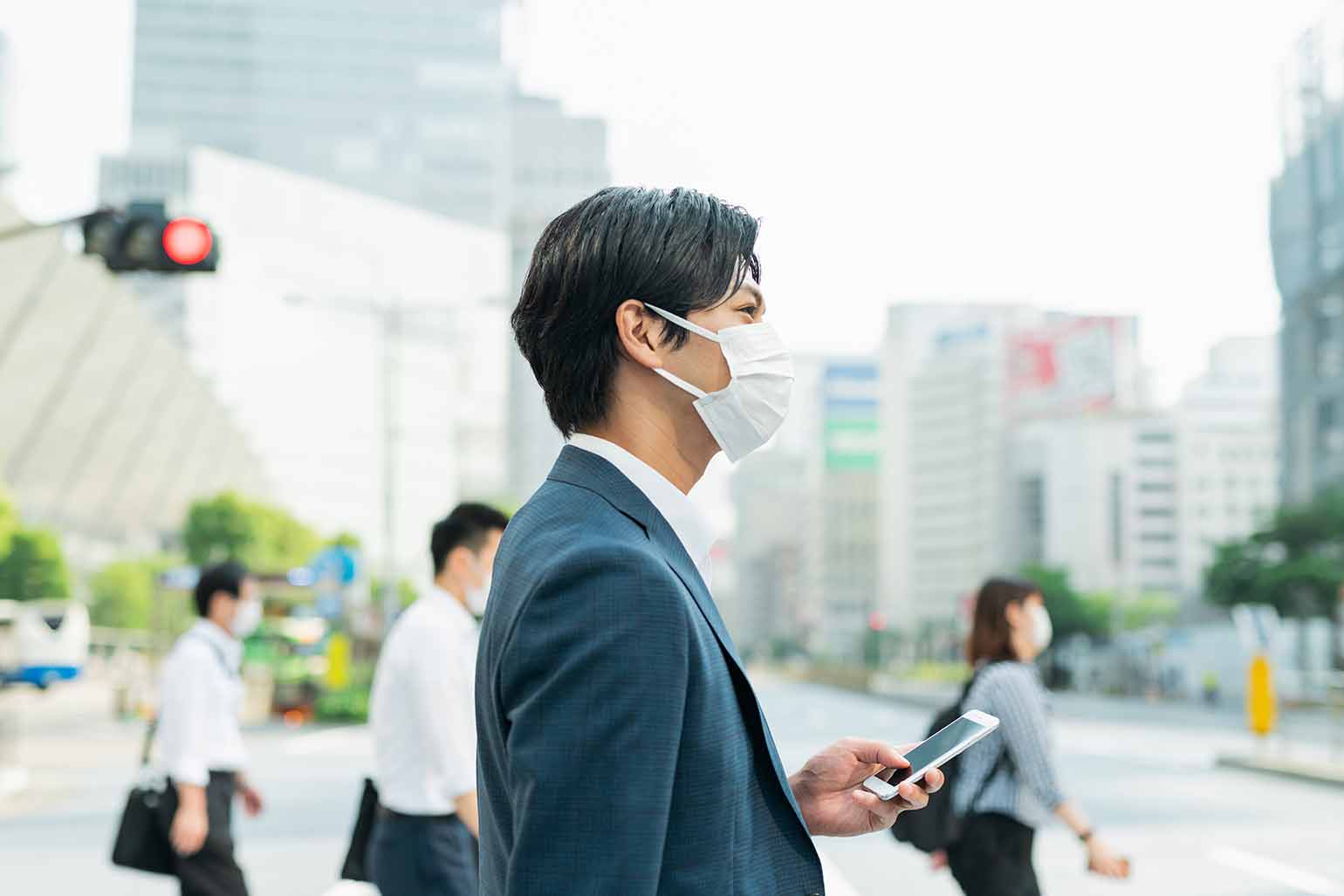The cold winter months from December to February are usually the season when colds of all kinds are prevalent in Japan. Japan’s winter climate is characterized by cold and dry air. This makes it easy for viruses that cause the so-called cold syndrome to multiply. In addition, this season is a hectic time of year, with the year-end and New Year holidays and the end of the fiscal year. Thus, people tend to accumulate fatigue and their immune systems tend to be weakened, which is also a major cause. (※Generally, in Japan, the school and business year begins in April.) The crowdedness of people in both urban and rural areas makes it easier for colds to spread. It is not only colds that are prevalent at this time of year. The number of influenza patients also becomes very high. In recent years, the number of people receiving preventive vaccination against influenza has also increased significantly. And also, new coronaviruses tend to be prevalent at this time of year, and mycoplasma pneumonia or etc. seems to be very prevalent this year in particular, too. The initial symptoms of not only these diseases but also many other illnesses are almost always “cold-like” symptoms. This is actually quite tricky… Many medical institutions in Japan often separate general outpatient and infectious outpatient consultations to prevent the spread of diseases such as highly contagious influenza, new coronas or etc. For this reason, each medical institution divides its consultation hours and the departments it takes care of. So, when patients with cold-like symptoms receive medical care, they must go to the latter outpatient infection clinic. In other words, most of the patients who are not feeling well will have to be seen from the outpatient infection clinic. Especially during this time of year, there are often clinics that limit the number of patients with cold-like symptoms, so we recommend that you check with them beforehand.

There is no better way to prevent diseases, not only the common cold, than to prevent them. Although it became well known during the global outbreak of the new coronas a few years ago, Japan is a country with relatively high general hygiene standards. The general practice of hand washing and gargling was very effective in the preventing infection. Another characteristic point was the custom of wearing masks not only for those suffering from colds, but also for healthy people to prevent infection. As mentioned in a previous article on this site about “masks”, this practice of wearing masks is very effective in preventing colds and other infectious diseases. We would like to highly recommend that you be aware of these precautionary measures on a daily basis. We hope that you will enjoy your stay in Japan in good physical condition.




